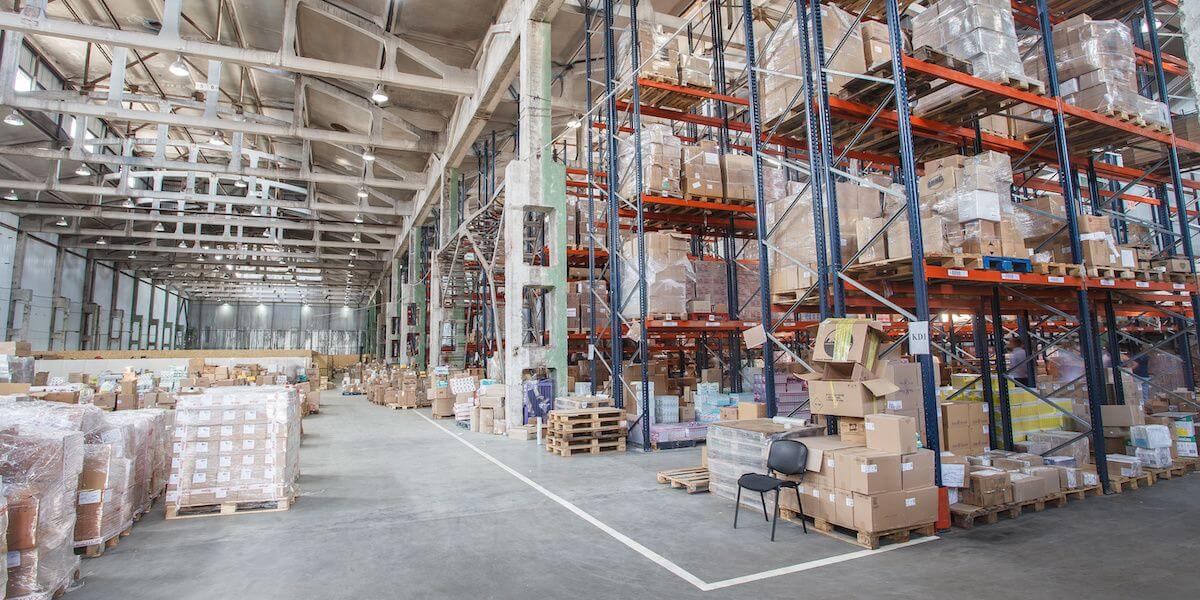 David King
David King
Top Retail Predictions for 2022
From supply chain to inflation, our top retail industry consultants weigh in on what the retail & CPG industry will experience in 2022 and beyond.

As we start the beginning of a new year, Teradata's top retail & CPG consultants give us their insight into what to expect in the world of retail, CPGs and supply chain in 2022 and beyond:
- Many retailers are trying to contract ships for exclusive container shipments. Some have made big airfreight bets and filled entire planes with merchandise. Unfortunately, there will be unintended consequences, with huge amounts of extra inventory lying around stores and warehouses. This will place a premium on markdown optimization and signal monitoring to adjust ordering.
- Big brands will have difficulty getting essential raw materials and/or components to manufacture and place their usually broad portfolios on store shelves. In the absence of these iconic brands, you’ll see a boon for Grocery private label brands. These home brands will save the retailer’s margin woes due to price increases that CPG’s have passed along due to spiking inflation. Consumers should carefully examine private labels because it might be the only way to save money at grocery stores in 2022.
- Amazon will unveil new healthcare services and opens clinics in Whole Foods stores, DC’s and other grocery chains it acquires in 2022. As Walmart hesitates to figure out its health care plans, Amazon will take center stage and begins to shape new models for Rx and primary care services.
- Inflation – real and perceived – will provide CPG’s opportunities to raise prices or maintain price but on smaller packages after years of retailer’s squeezing prices. After – at times – indulging themselves with premium pandemic comfort food, many food consumers will respond to higher prices by moving more wallet-share to value discounters.
- Delivery war limbo dances – as in, how low can you go in order fulfillment time – finally plateau as retailers realize that 20-minute turnaround times are expensive in terms of picking, labor to deliver and fuel prices. When faced with paying for delivery – beyond Prime-type subscriptions – customers will decide they can wait a little longer to reload on groceries and late-night snacks.
- Competition for front-line labor between roles like retail, warehouse/supply chain and drivers will increase wages to attract and retain talent. Continued labor shortages and higher labor costs will intensify the focus on warehouse, store and delivery automation to reduce labor needs.
Restez au courant
Abonnez-vous au blog de Teradata pour recevoir des informations hebdomadaires
